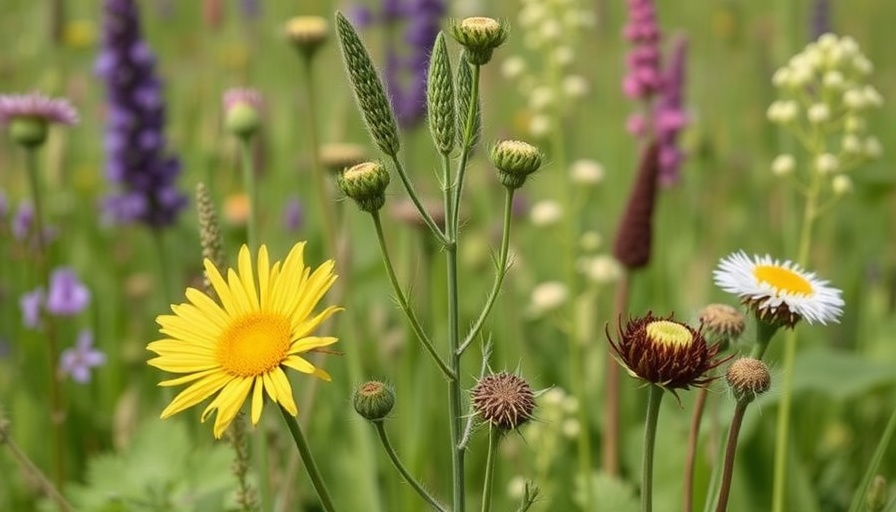
The Power of Foraging: Embracing Nature’s Bounty
In today’s world, many individuals barely recognize the vast array of plants that can nourish them. A startling statistic reveals that 50% of the world’s daily calorie intake comes from merely three species: wheat, corn, and rice. This reliance on a handful of cultivated crops compromises our nutritional diversity and robs us of the micronutrients our bodies require. Embracing wild plants can change all of that.
Learning from the Wild: A Personal Transformation
Mo Wilde, through an inspiring personal journey, showcased the richness of the wild. Living on wild foods in Scotland for an entire year, Wilde consumed an impressive 300 plant species, including 21 types of seaweed and 87 varieties of mushroom. This experience mirrors the dietary practices of hunter-gatherers, who have thrived for millennia on the diversity of available flora.
Health Benefits of a Diverse Plant Diet
Incorporating a variety of wild plants into our diets isn’t merely an adventurous culinary choice; it presents numerous health benefits. Research from The Wildbiome Project indicates that individuals who adhered to a wild-food diet for just one to three months saw remarkable health improvements. These findings suggest a strong correlation between consuming diverse plant species and enhanced health metrics, challenging the modern perception that processed foods are the easiest and most efficient dietary options.
Bridging the Knowledge Gap: The Importance of Plant Identification
The inability of many to recognize and name different plants reflects a troubling disconnect from nature. As society veers further away from its natural roots, this knowledge gap may lead to greater ecological and personal health challenges. An understanding of local flora fosters not only a deeper connection to our environment but also enables individuals to utilize these resources for better health outcomes.
Culinary Adventures: Adapting Wild Foods into Your Diet
Integrating wild plants into everyday meals can be exciting! Simple additions like dandelion greens to salads or a sprinkling of seaweed on sushi can provide newfound flavors and health benefits. Knowledge of these plants opens the door to endless culinary adventures, encouraging greater engagement with our diets while promoting sustainability.
Future Trends: Nurturing a Natural Health Movement
As interest in wild foods grows, we may see a shift in how health and wellness industries approach nutrition. Terms like “naturopathy” and “natural medicine” are becoming buzzwords for those seeking holistic alternatives to conventional medicine. This shift underscores the need for a community health and wellness focus that embraces nature’s power to heal us.
Taking Action: A Call to Explore and Educate
Readers are encouraged to explore local plant life and participate in foraging workshops. Building a stronger relationship with plants not only enriches personal health but also cultivates community awareness regarding ecological conservation. As we embark on this journey of rediscovery, let’s commit to embracing the flora around us for optimal health and wellness.
In a world where processed foods dominate our diets, it is vital to return to our roots. Through conscious choices to embrace wild varieties of plants, we can enhance our nutrient intake, improve our well-being, and exhibit a greater appreciation for the natural world.
 Add Element
Add Element  Add Row
Add Row 




Write A Comment